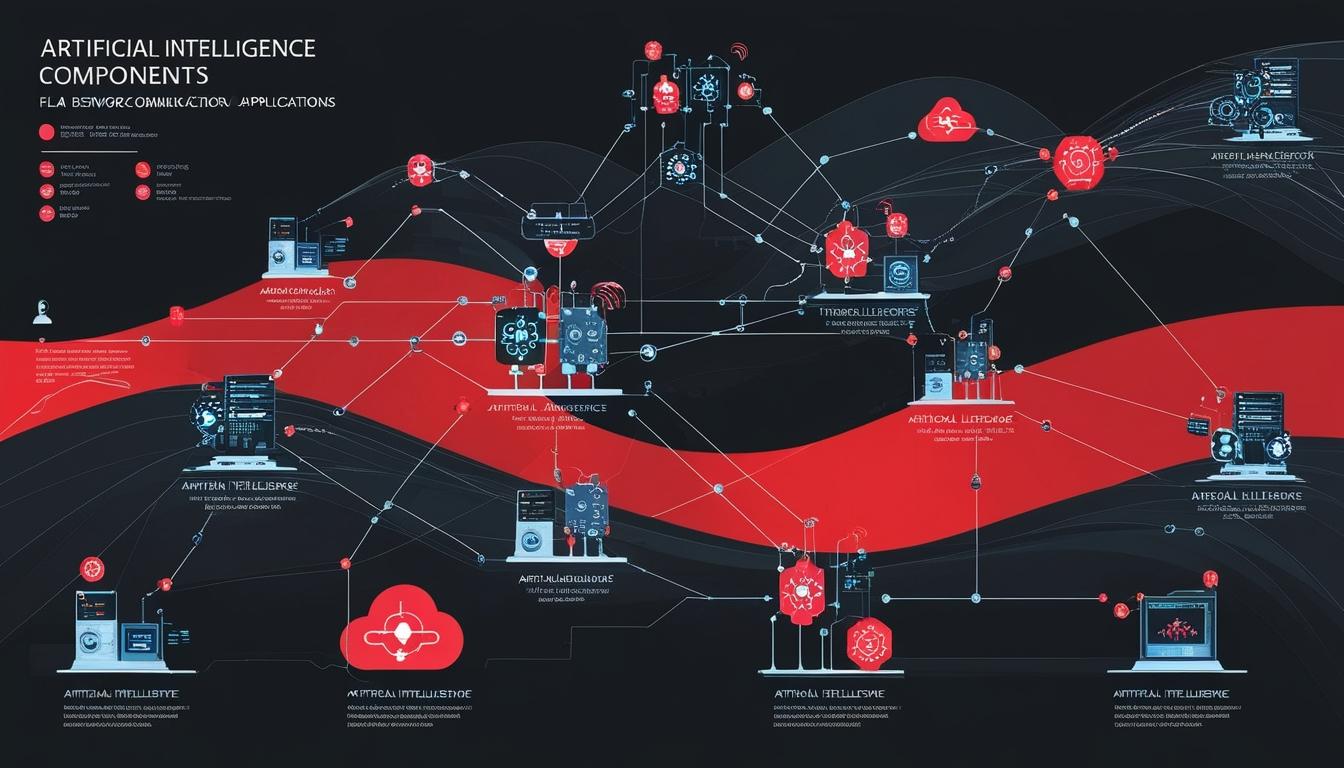The landscape of network management within enterprises is undergoing a significant transformation, driven largely by advancements in artificial intelligence (AI) and changing application architectures. The ramifications of these trends are essential to understanding the future of business operations as companies reassess their network strategies to address the increasing complexity and demands posed by modern technologies.
As the demand for higher network capacity grows, industry leaders are shifting their focus from traditional considerations of bandwidth to a dynamic understanding that "applications determine traffic," as highlighted by a Chief Information Officer (CIO) in a discussion with Network World. This perspective underscores the notion that user experience is intricately tied to the quality of application performance, which in turn is dependent on the efficiency of the network infrastructure.
A key issue facing enterprises today is how congestion affects operational efficiency. The elimination of congestion translates to fewer user complaints and less operational expenditure (opex) linked to troubleshooting delays. However, network congestion is not the only factor affecting data transmission; "serialization delay" also plays a pivotal role. This term refers to the latency introduced as data packets are queued until they can be completely processed. The quality of the network connection is crucial, as faster interfaces inherently lead to improved latency, thereby enhancing the overall application experience.
The current exploration into network capacities is further fueled by the evolving nature of application design. The shift from monolithic applications, characterised by straightforward workflows of input, processing, and output, to componentized applications presents a new layer of complexity. These modern applications often distribute tasks across cloud and data centre environments, which demands superior network connectivity for seamless communication between components. This increased dependence on the network complicates not only application performance but also the troubleshooting process, as each component introduces additional serialization delays that cut into the application's budget for latency.
On a broader scale, technological advancements and economic factors are creating opportunities to boost network capabilities. The cost of network adapters and interfaces does not increase linearly; rather, the cost per bit tends to decrease with rising speeds until a certain threshold, after which it may elevate. Network engineers are observing shifts in that threshold due to continuous innovations, making it more feasible to incorporate added capacity within network infrastructure. Additionally, advancements in Ethernet standards have empowered enterprises to better manage multiple traffic paths and prioritise various types of data, thus enhancing overall network efficacy.
AI technologies play a crucial role in these developments, with many enterprises investing in local networks to support their AI initiatives. AI model training requires substantial data flows between servers, leading to significant traffic that can exacerbate congestion risks. Those involved in AI development concur that lower latency and increased capacity are essential during intensive training processes, as the traffic generated can be unpredictable and prone to causing delays or packet loss. Moreover, interference in network performance due to AI workloads could detrimentally affect the functioning of other applications, thereby raising concerns about overall operation consistency.
In conclusion, the evolving demands of modern application design and the infrastructural shifts prompted by AI require enterprises to reconsider their network capabilities. As these companies adapt to the complexities introduced by componentized applications and AI, the focus on expanding network capacity emerges not only as a technical necessity but also as a strategic imperative in shaping future business practices.
Source: Noah Wire Services
